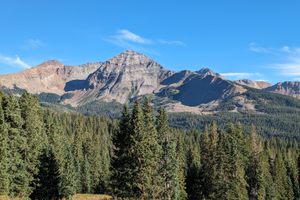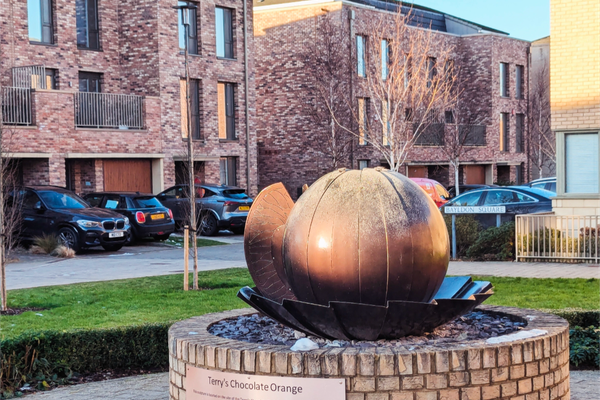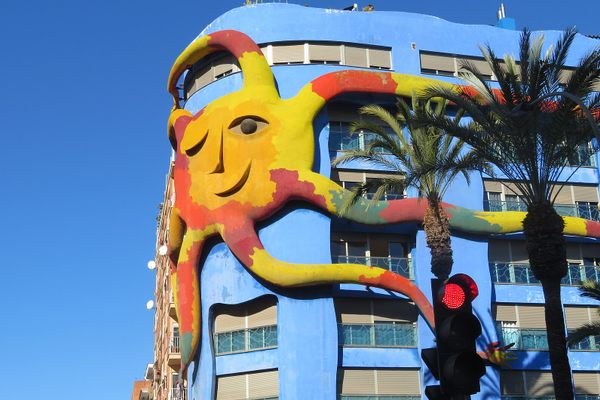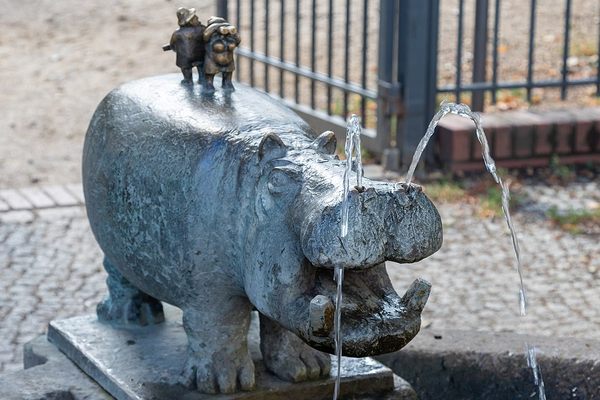About
In the 1950s, the town of Silverton, Colorado was in a troubled situation. The largest mine in the county had closed and the railroad that brought tourists from Durango was struggling. The idea for a large Christ statue in Silverton was first conceived at a Catholic men’s club in 1958. It was the hope that such a statue might revitalize the spirit of the town, and perhaps even the economy.
The slopes of Anvil Mountain were chosen as the site for the shrine since it overlooked the entire city. The statue itself was fashioned from 12 tons of Italian Carrara marble, the same source as Michelangelo’s "David". The alcove around the statue was made from stone local to the area. The catholic church provided financial support. The townspeople of Silverton also donated their money, supplies, and labor to the project. In 1959, the statue was complete, standing an impressive 16 feet on its pedestal.
Shortly after the construction of the shrine, the Sunnyside Mine was reopened providing new employment to the citizens of Silverton. It is unknown if the new shrine played any part in the decision to reopen the mines. However, when the mines flooded in 1978, many credited the shrine for protecting the miners. While all the mines in Silverton are now closed for good, the Christ of the Mines still endures as a monument to Silverton’s history and the resilience of its people.
Related Tags
Know Before You Go
Off the Million Dollar Highway, take 15th Street up the hills to an unmarked parking area just below the shrine. This is a dirt road, but well-maintained and accessible to even two-wheel drive vehicles. There is a short trail leading to the shrine. Make sure to leave a note in the visitor's log.
Community Contributors
Added By
Published
September 8, 2023




























